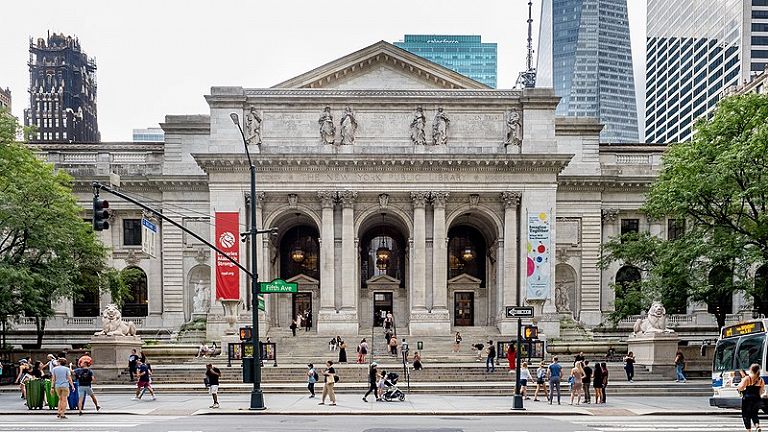"Charles Darwin: A Life in Letters". This is the title of the exhibition presented by the New York Public Library, in collaboration with the Cambridge University Library, in which all the letters of the English biologist and naturalist will be exhibited for the first time.
An event to celebrate the recent completion of the Darwin Correspondence Project, a 45-year effort to publish all the letters of the father of evolutionism.
After the five-year voyage on the ship 'Beagle', Darwin's health deteriorated and, although he worked largely from home, he used the postal service to conduct research with collaborators around the world. On display for the first time is a selection of the original correspondence exchanged by Darwin with family, friends and fellow researchers from Brazil to Italy, from South Africa to Australia, to his garden.
The exhibition is presented in the Wachenheim Gallery on the first floor of the Schwarzman Building and will be open until August 5, 2023.
Visitors to the exhibition can also admire portraits and objects from Darwin's world: one of his specimens of plants from the Galápagos Islands, a sketch of the map of the Andes and a page of "The Origin of Species" reused by Darwin's children for an art project.
Wikimedia Commons
New York Public Library
"Darwin's discoveries demonstrate how stubborn and persistent research can produce world-changing discoveries and the value of collaborating with people from different backgrounds and experiences.
We hope this exhibition will inspire generations to explore and push the boundaries of science," said Elizabeth Denlinger, co-curator of the exhibition with Alison M. Pearn of the Darwin Correspondence Project.
For the occasion, the New York Public Library has also curated "Charles Darwin: Off the Page", a complementary collection of portraits, maps and illustrations. The installations, located in the galleries on the third floor, show both the wider world of Darwin's work and the intimate spaces of his home, Down House, shared with Emma Darwin and their seven children.
In the Gallery of Prints, environmental graphs of Darwin's personal world are lined up with the walls, flanked by maps showing the global reach of his correspondence, both in general and for his latest work in particular. The collection of photographs taken by the physiologist French G.B. Duchenne de Boulogne is on display, along with Mark Pernice's contemporary illustrations of the twin and insectivorous plants that Darwin studied in his later years.
ANSA/ WIKIPEDIA
Charles Darwin

